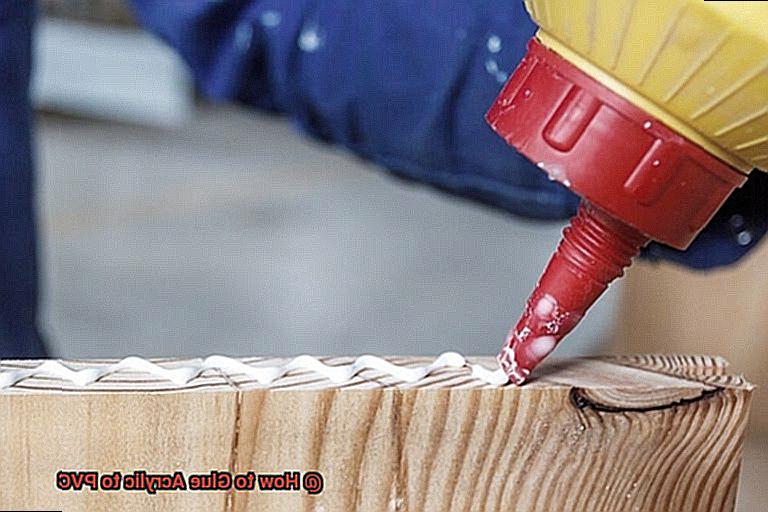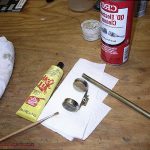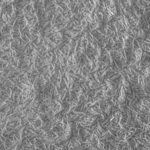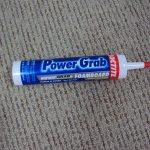Are you looking for an easy and cost-effective way to glue acrylic to PVC? You’ve come to the right place! In this guide, I’ll show you how to do it in a few simple steps.
From selecting the best adhesive to knowing how long it takes for the glue to set, I’ll provide you with all the information needed for a successful project. Whether you’re a DIY enthusiast or a professional craftsman, this guide will help you get the job done quickly and efficiently.
So let’s get started!
What is Acrylic and What is PVC?
Contents
Acrylic and PVC are two of the most widely used plastics in the world. Acrylic is a lightweight, shatter-resistant, and transparent plastic that is often used as an alternative to glass.
PVC (polyvinyl chloride) is a strong and durable plastic that can withstand corrosion, making it ideal for plumbing applications. Both materials offer superior wear and strength when compared to glass or metal, making them popular choices for many projects.
Whether you’re looking for a shatter-resistant window pane or a corrosion-proof pipe, acrylic or PVC could be the perfect solution.
Can Plexiglass be Glued to PVC?
Are you looking to glue plexiglass to PVC? It’s a simple task when you have the right equipment. An acrylic-based adhesive is the best option for this job as it provides the strongest bond and most durable results.
Before applying the adhesive, make sure that both surfaces are clean and dry. Once dry, spread a thin layer of glue evenly on both pieces and allow it to cure before joining them together. Clamps or weights can be used to hold the pieces in place while the glue sets, ensuring a secure bond.
Gluing plexiglass to PVC may seem daunting, but with a little patience and the right tools, you can easily complete your project.
What Glue Works Best on Acrylic?
Whether you’re creating a craft project or working on a professional application, it’s essential to choose the right adhesive. After all, the strength and durability of the bond will depend on it. Fortunately, there are several great options available for gluing acrylic to PVC.
Cyanoacrylate glue, also known as “super glue,” is one of the best adhesives for this type of job.
This specialized glue is designed specifically for bonding plastic surfaces together, forming an incredibly strong bond that can withstand extreme temperatures, chemicals, and moisture.
Additionally, epoxy adhesive, contact cement, and hot melt adhesive are also suitable choices for gluing acrylic to PVC.
So if you need a reliable adhesive that won’t let you down, make sure you select one of these popular options when gluing acrylic to PVC.
Proper Preparation for Gluing Acrylic to PVC
Gluing acrylic to PVC is a great way to create strong, lasting connections between the two materials.
To ensure that your project comes out looking and functioning at its best, it’s essential to properly prepare the surfaces before applying the adhesive.
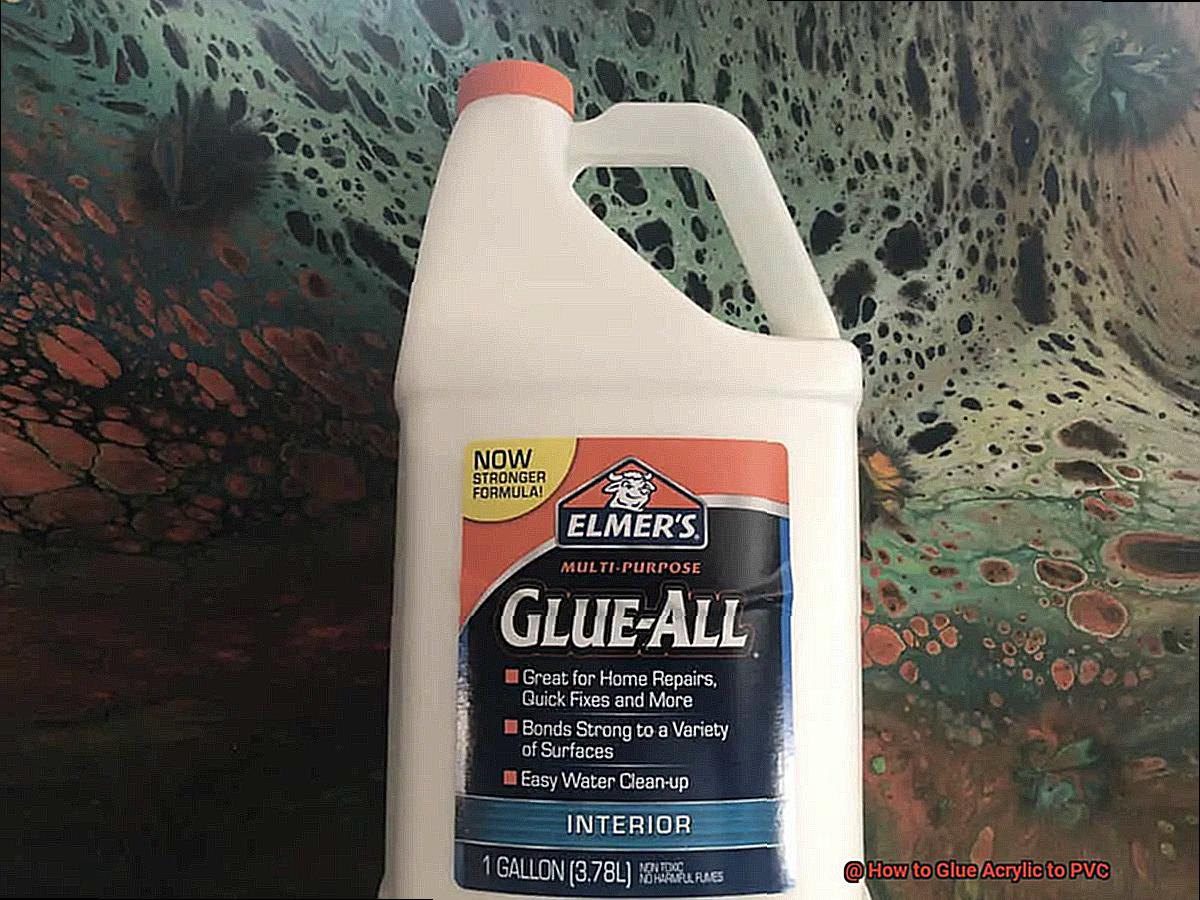
The first step is to clean both the acrylic and PVC surfaces with a cloth and rubbing alcohol, removing any dirt, grease, or dust that could impede the glue from adhering correctly. After cleaning, allow the surfaces to dry completely.
To roughen up both surfaces for better adhesion, use some sandpaper.
This will give the glue more surface area to hold onto and create a stronger bond.
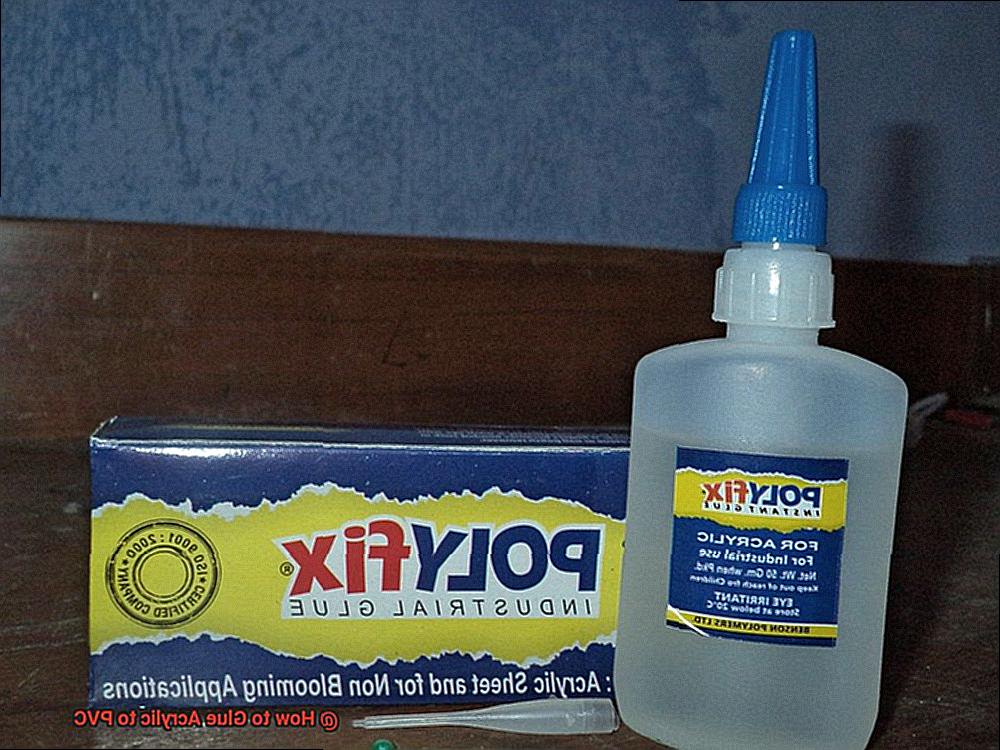
Once your surfaces are dry, apply a thin layer of glue to both pieces using a brush or roller.
Allow this layer of glue to dry for a few minutes before pressing the two pieces together. Make sure they are aligned properly before pressing firmly together for about ten seconds.
Allow the glued parts to dry for at least 24 hours before using them again.
Step-by-Step Guide to Gluing Acrylic to PVC
Are you looking for an easy-to-follow guide to gluing acrylic to PVC? Look no further! This step-by-step guide will help you get the job done quickly and efficiently.
First, gather all of the necessary supplies: acrylic glue, PVC pipe or sheet, sandpaper, and a clean cloth.
Next, prepare the surfaces by sanding down both the acrylic and PVC to create a smooth surface for the glue to adhere to. Make sure to wipe away any dust or debris with a clean cloth before proceeding.
Then apply a thin layer of glue to both surfaces of the acrylic and PVC, being careful not to leave any gaps or clumps behind. Join them together, making sure they are properly aligned with no gaps between them.
To keep them in place while the glue dries, use clamps or weights and let them sit for about 24 hours. Once dry, remove any clamps or weights and enjoy your newly glued acrylic-to-PVC project.
Tips and Tricks for a Successful Bond
Creating a strong bond between two products can be difficult, especially when it comes to bonding acrylic and PVC. Here are seven tips and tricks to help ensure that your bond is safe and long-lasting.
Clean the Surfaces
Begin by cleaning the surfaces of the PVC and acrylic with isopropyl alcohol or acetone to remove any dirt, dust, or debris. This will help create a secure bond between the two materials.
Use the Right Glue
Make sure you use an adhesive that is specifically designed for bonding acrylic to PVC. This will guarantee that your bond is strong and secure.
Test the Bond
Before applying it to your project, test a small amount of glue on a scrap piece of PVC or acrylic and press them together for several minutes. If it sticks, you will know you have the right glue for your job.
Apply Even Pressure
When gluing acrylic to PVC, make sure to apply even pressure when clamping the pieces together. This will help ensure that the pieces are properly bonded and will not come apart easily.
Allow Ample Drying Time
Once you have applied the glue and clamped the pieces together, make sure to allow adequate time for it to dry before handling or moving it around (at least 24 hours).
Consider Using Mechanical Fasteners
Consider using mechanical fasteners such as screws or bolts in addition to adhesive for added strength and security of your bond if you want a more permanent solution.
Sand Down Any Excess Glue
Once your bond is complete, sand down any excess glue so it won’t interfere with your project or cause any harm over time due to moisture exposure or other causes.
Common Mistakes When Gluing Acrylic to PVC
Gluing acrylic to PVC can be a tricky process, and it’s important to know the common mistakes that people make to avoid them. Here are four key points to remember when gluing acrylic to PVC:
First, make sure both surfaces are clean and free of dust before gluing. Any particles on the surface will prevent the glue from bonding properly.
Second, use enough glue. Too little glue won’t create a strong bond between acrylic and PVC, so make sure you use enough.
Third, allow enough time for the glue to dry completely before moving or handling the pieces. If you move them too soon, the bond may not be secure and could easily break apart.
Finally, clamp down on both pieces while they are drying to ensure a secure bond between them. Without this pressure, the bond won’t form properly or securely.
Conclusion
In conclusion, gluing acrylic to PVC can be a tricky process, but with the right materials and steps, it can be done successfully.
The most important thing is to make sure that the surfaces of both the acrylic and PVC are clean and free from dirt and debris.
It is also important to use a suitable adhesive that is designed specifically for gluing acrylic to PVC. After applying the adhesive, it is important to let it dry completely before joining the two pieces together.
With patience and care, you can achieve a strong bond that will last for years. With these steps in mind, you can confidently glue acrylic to PVC and create a strong bond that will last for years.

